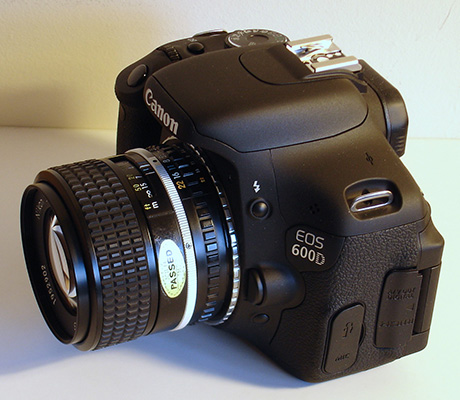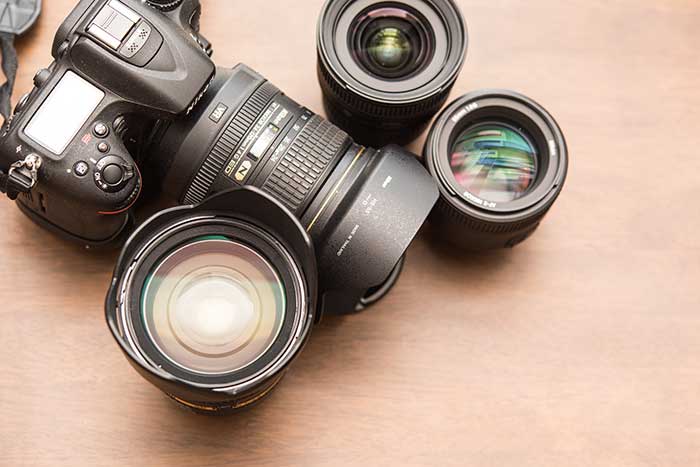

Larger pixels are not more sensitive to light. But dual-gain cameras can produce better images at higher ISOs. Higher ISOs do not make a camera more sensitive to light. There are some quirks that make certain cameras better at certain areas astrophotography than others, if you push them to their limits. In most cases, it will be the skill of the photographer that is the limiting factor, and not the technology in the camera. Note that the Nikon D750 has technology that is 3.5 years older than the Sony α7 III.Ĭameras made since about 2015 by Canon, Nikon and Sony are all very good.

However, in master astrophotographer Alan Dyer's review of the Sony α7 III, he said "Levels of luminance and chrominance noise were excellent and similar to – but surprisingly not better than – the Nikon D750".

Just looking at the 3 camera's specs above, the Sony α7 III seems like a clear winner. There can be sample-to-sample variations between two of the exact same kind of camera. These cameras are complicated, they do not produce true raw data. These technical specs are not provided by the manufacturers. These technical specs can give you a good indication of what might be a good camera for some specialized purpose, such as astrophotography. For example, in these full-frame mirrorless bodies: Today, at the start of 2021, for all practical purposes, the Nikon, Canon, and Sony are extremely close in terms of the image quality and technical specs in their cameras. You can find technical specifications for quantum efficiency, read noise, and photographic dynamic range for most cameras at Bill Claff's web site.

The size of the pixels determines sharpness and resolution.
#Nikon cameras lens canon full#
Full well divided by the noise defines dynamic range. Lower read noise allows shorter exposures to reach the sky-noise minimum or produces higher signal-to-noise in equivalent exposures. Cameras with a higher quantum efficiency produce a higher signal-to-noise ratio. There are some technical considerations that affect image quality. If you push any camera hard enough, you will find some quirks, but some are really good at specific types of astrophotography: Scenics, Night/Sky/Star Scapes, Panoramas, Time Lapse The latest cameras are usually the best, but these cameras are mature now and while improving every year, the improvements are incremental and not Earth shattering. If you are looking to get a new camera, almost all of the cameras by Canon, Nikon and Sony made since about 2015 will work great for all kinds of photography.


 0 kommentar(er)
0 kommentar(er)
